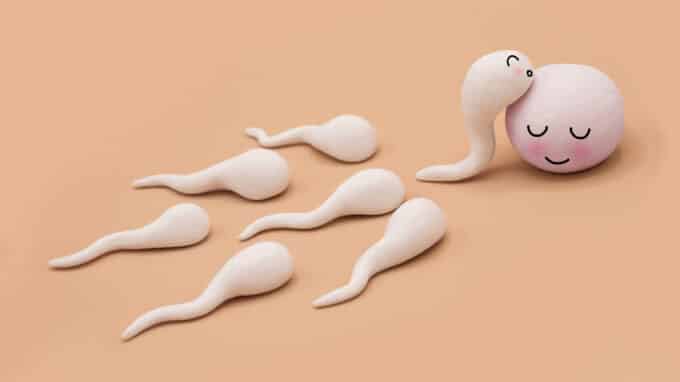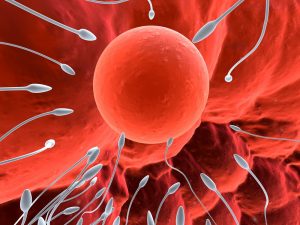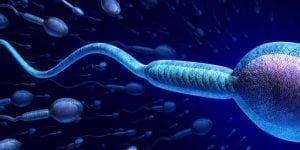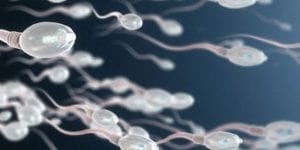After the egg cell has been fertilized by a sperm, the surrounding egg shell tightens and thus mechanically prevents the penetration of further sperm and the associated death of the embryo. This is according to a new study conducted by researchers at Karolinska Institutet and published in the journal Cell. The work also explains how mutations in egg coat proteins cause female infertility, and may eventually lead to new contraceptive methods.
How Fertilization Works
Fertilization in mammals begins when a sperm attaches to the egg membrane, a threadlike extracellular covering that the sperm must penetrate in order to fuse with the egg. Now an international team of researchers has mapped in detail the structure and function of the protein ZP2, an egg shell filament component that plays a key role in regulating egg-sperm interaction during fertilization. “ZP2 was known to be cleaved after the first sperm entered the egg, and we explain how this process makes the egg shell harder and more impermeable to other sperm,” explained Luca Jovine, professor in the Department of Biological Sciences and Nutrition from the Karolinska Institute, who led the study.
This prevents polyspermy – the fusion of multiple sperm with a single egg – which is fatal to the embryo. The changes in the egg shell after fertilization are also crucial for female fertility, as they ensure protection of the developing embryo until implantation in the uterus. The new findings could therefore have implications for the development of non-hormonal contraceptives that interfere with the formation of the egg shell. In addition, the study explains egg shell-related forms of female infertility.
Mutations in the genes that encode egg coat proteins can cause female infertility, and more and more such mutations are being discovered. The researchers hope their study will help diagnose female infertility and potentially prevent unwanted pregnancies. Importantly, the study also shows that part of ZP2, previously thought to act as a receptor for sperm, is not necessary for sperm to attach to the egg.
This raises the question of what the true sperm receptor on the egg shell is, which the researchers want to study further. The researchers combined X-ray crystallography and cryo-EM to study the 3D structure of egg shell proteins. The interaction between sperm and eggs carrying mutations in the ZP2 protein was functionally studied in mice, while the AI program AlphaFold was used to predict the structure of the egg shell in humans.





